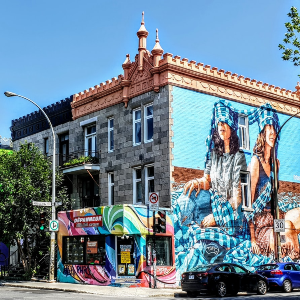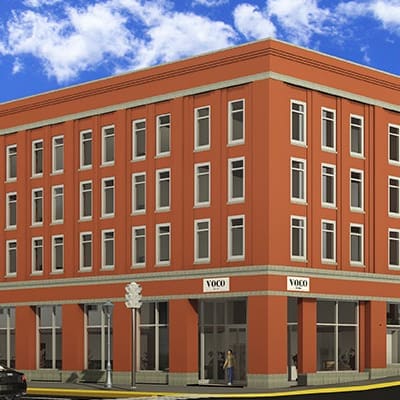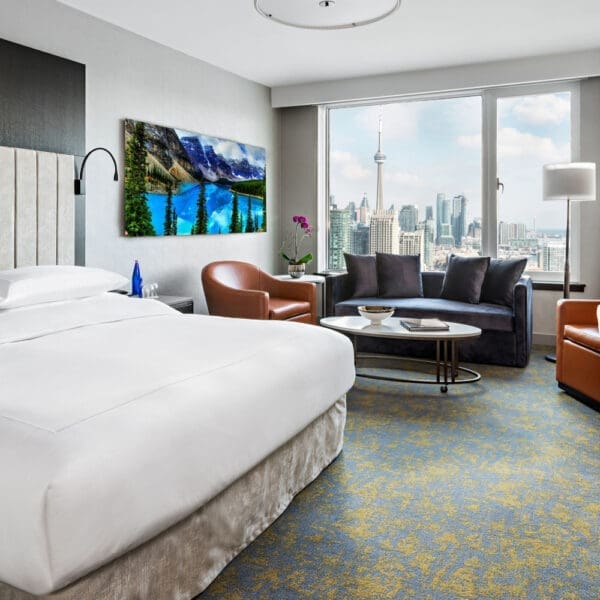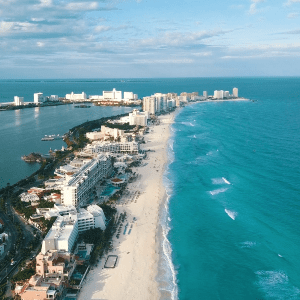 Canada’s hotel industry reported slightly higher performance when compared with recent months, according to STR‘s March 2021 data.
Canada’s hotel industry reported slightly higher performance when compared with recent months, according to STR‘s March 2021 data.
Each of the three key performance metrics were the country’s highest since September 2020. Year-over-year declines in ADR and RevPAR remained significant but will improve in future months due to comparisons with pandemic-affected months last year. While occupancy increased slightly year over year, it remained well below the pre-pandemic comparable of March 2019 (-46.8%).
- Occupancy: 31.9%
- Average daily rate (ADR): CAD117.86
- Revenue per available room (RevPAR): CAD37.64
“Rooms were just over 30% filled, which was only half of the occupancy level typically achieved in March,” said Laura Baxter, CoStar Group’s director of hospitality analytics for Canada. CoStar Group is the parent company of STR.
“Transient demand drove the slight lift and will continue to lead recovery. Group demand reached its highest level since September 2020 but remained subdued. The lack of high-end group demand in urban centers, and the limited number of international guests, had an impact on overall ADR, as the metric was still $23 lower than the earliest pandemic-affected month last year.
“New efforts to combat the third wave of COVID-19 are adding pressure to hotel performance across the country. The stay-at-home and local area orders in some provinces, and restrictions on inter-provincial travel that were imposed throughout April, will have a severe negative impact on the domestic leisure travel that was originally expected to boost hotel demand in Q2. On the other hand, mandatory three-day hotel stays for all international inbound travelers continues to benefit government-approved hotels in Toronto, Vancouver and Montreal airport submarkets. The highest occupancy and ADR levels due to this mandate were seen in Vancouver—not surprising given that Vancouver typically achieves the strongest performance of any airport submarket. With the vaccine rollout starting to gain momentum, and if restrictions allow for it, hoteliers could still benefit from strong domestic leisure demand this summer.”
Among the provinces and territories, Newfoundland and Labrador recorded the lowest February occupancy level (16.1%). The province also experienced the lowest RevPAR level (CAD14.85).
Among the major markets, Montreal (20.9%) saw the lowest occupancy level.
The highest occupancy among provinces was reported in British Columbia (41.5%). At the market level, the highest occupancy was reported in Vancouver (39.8%).

















